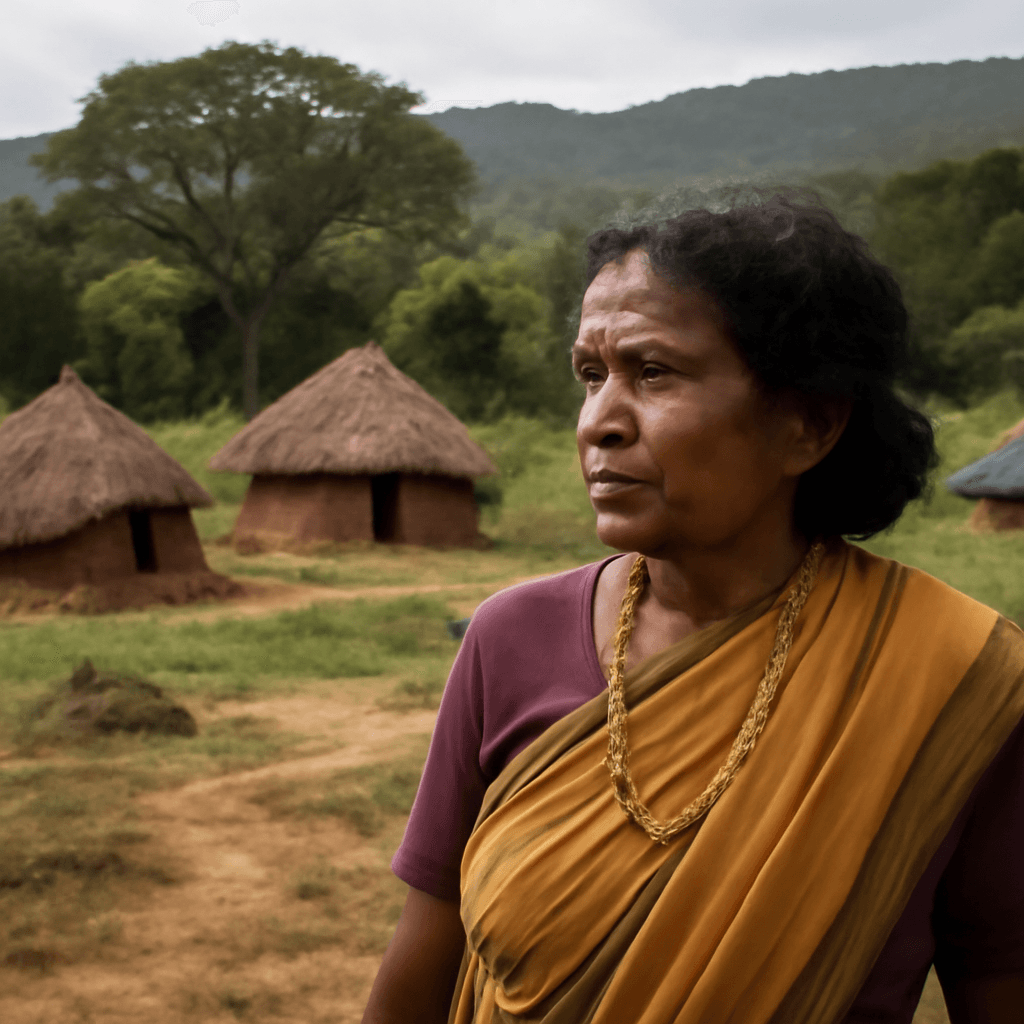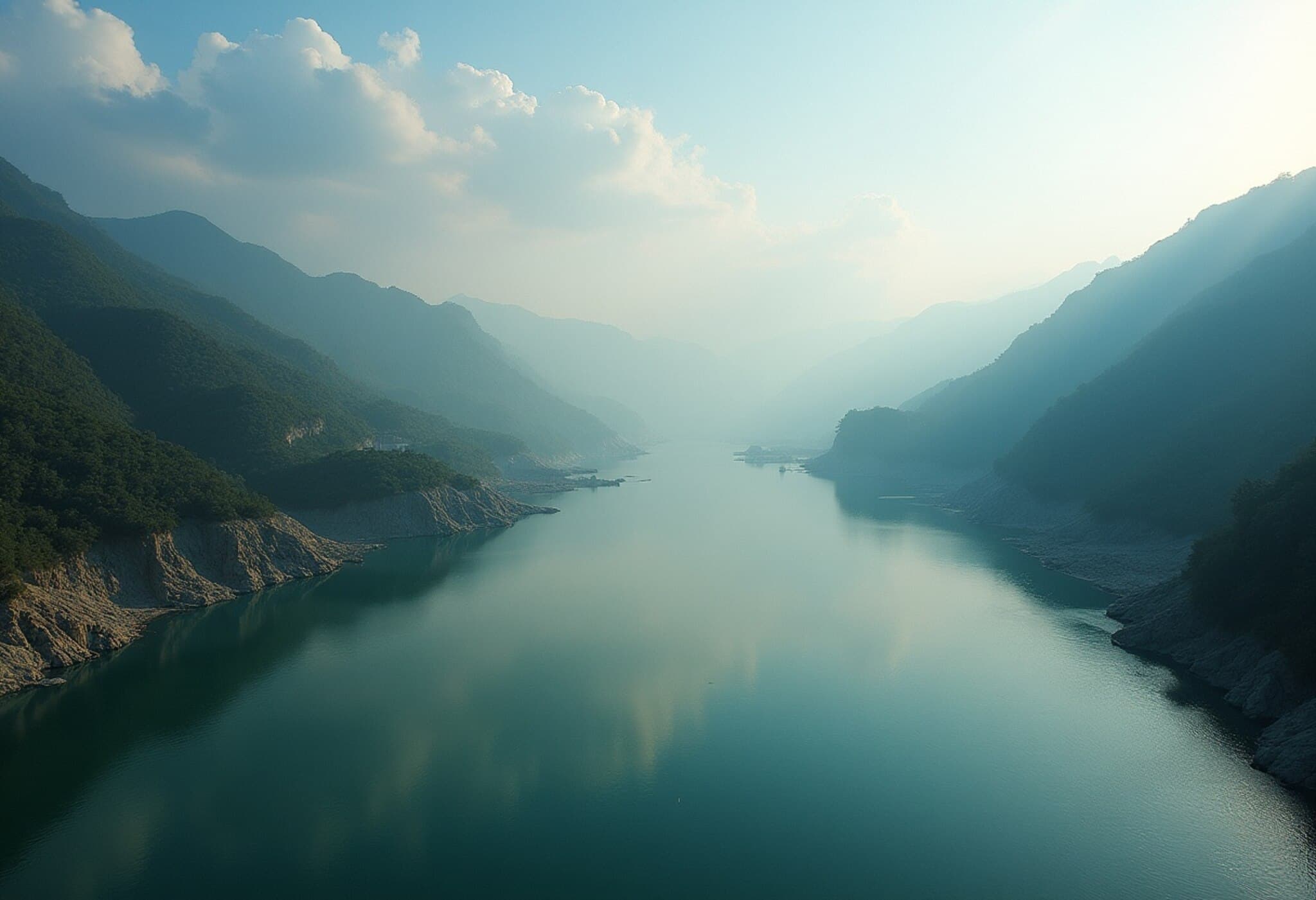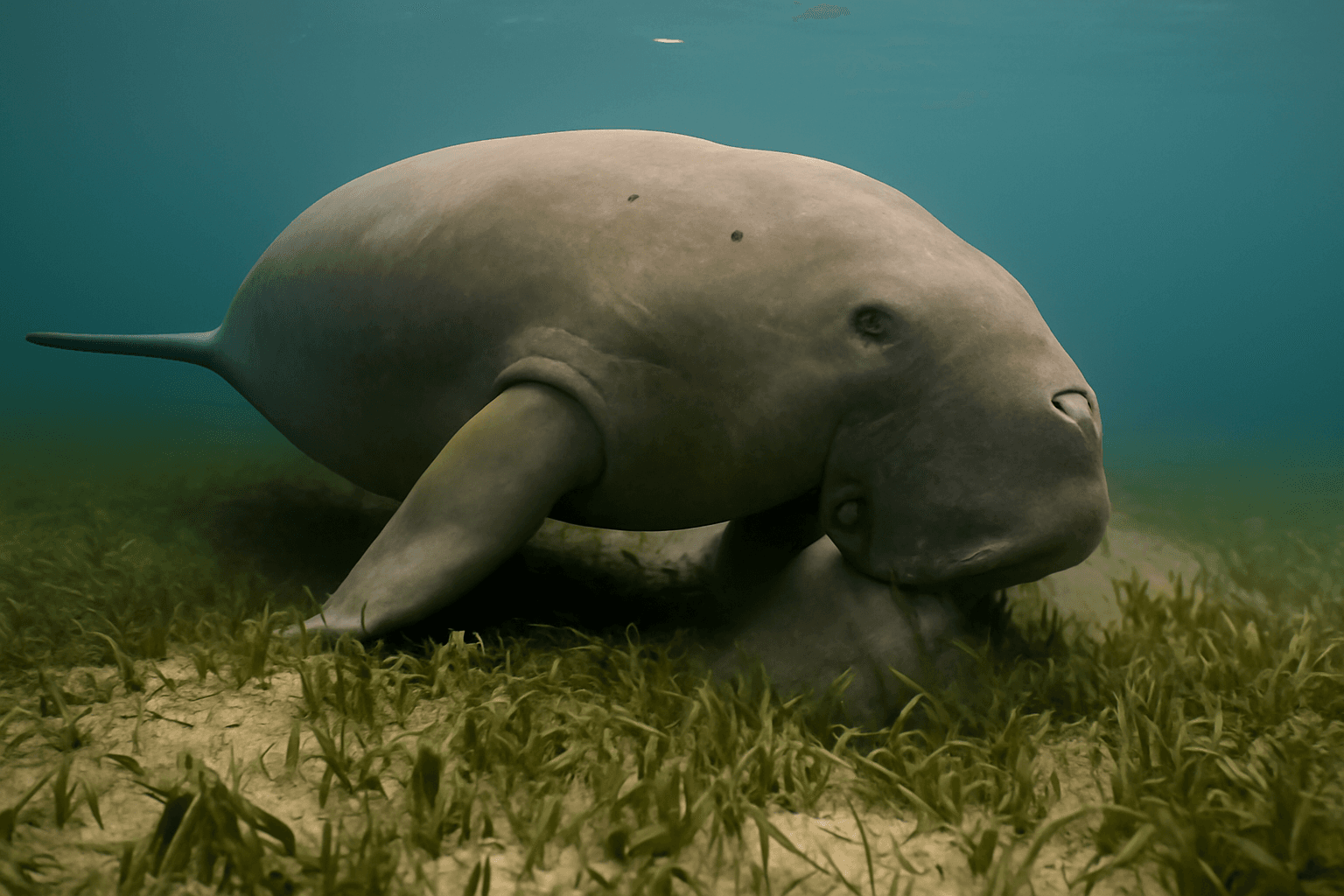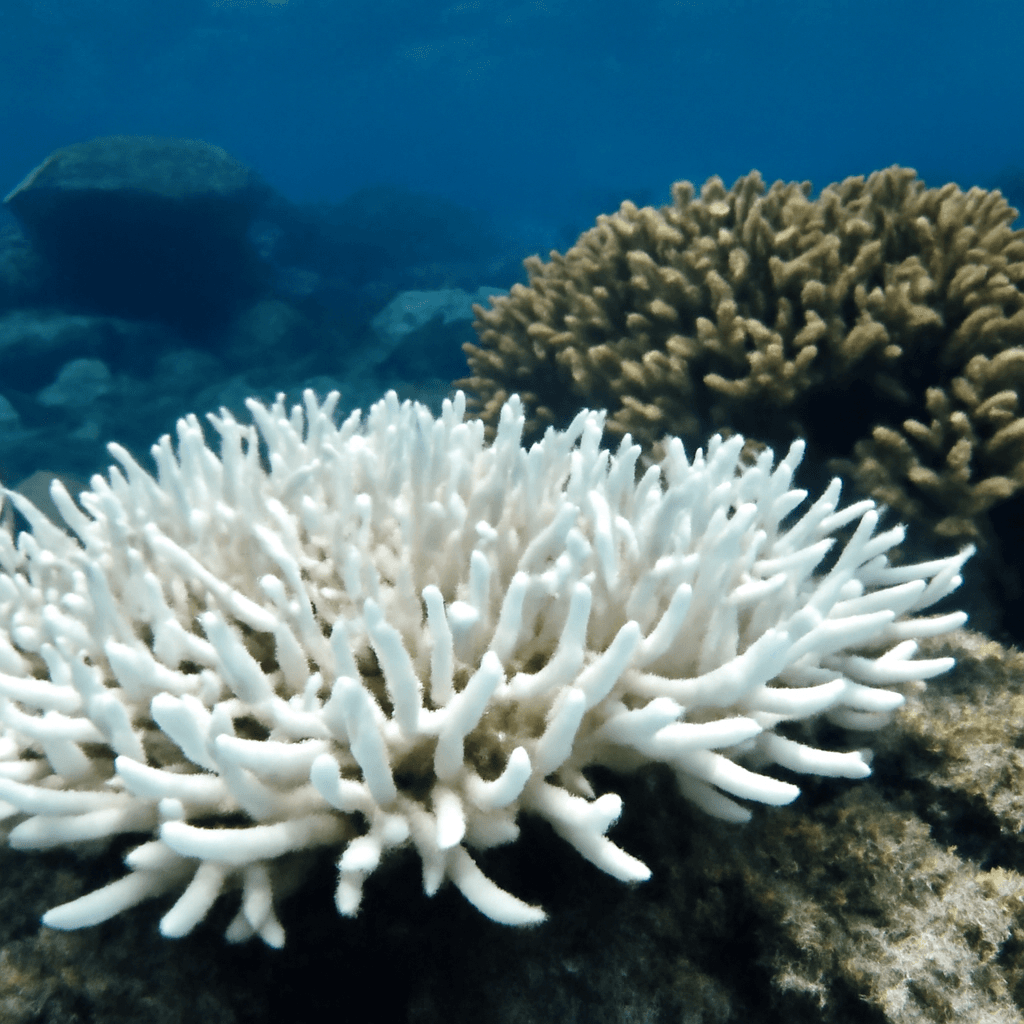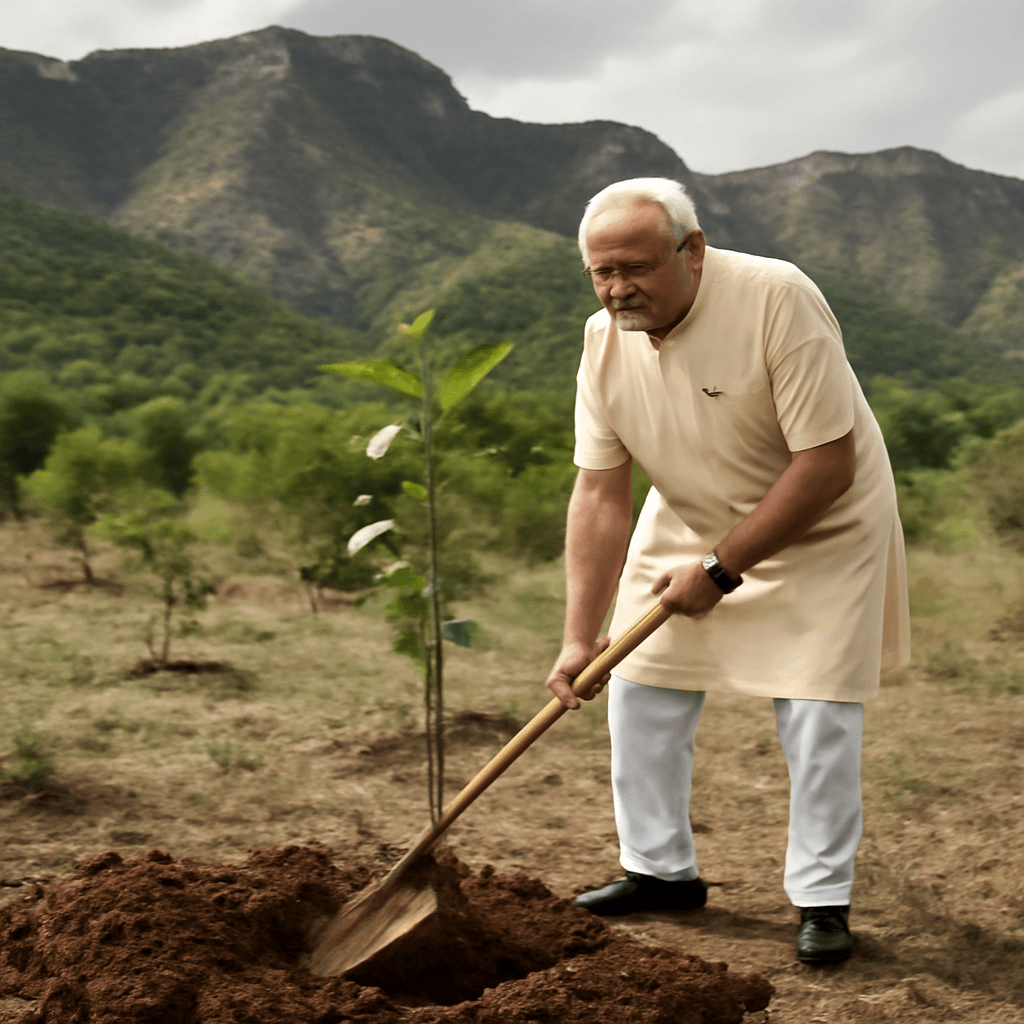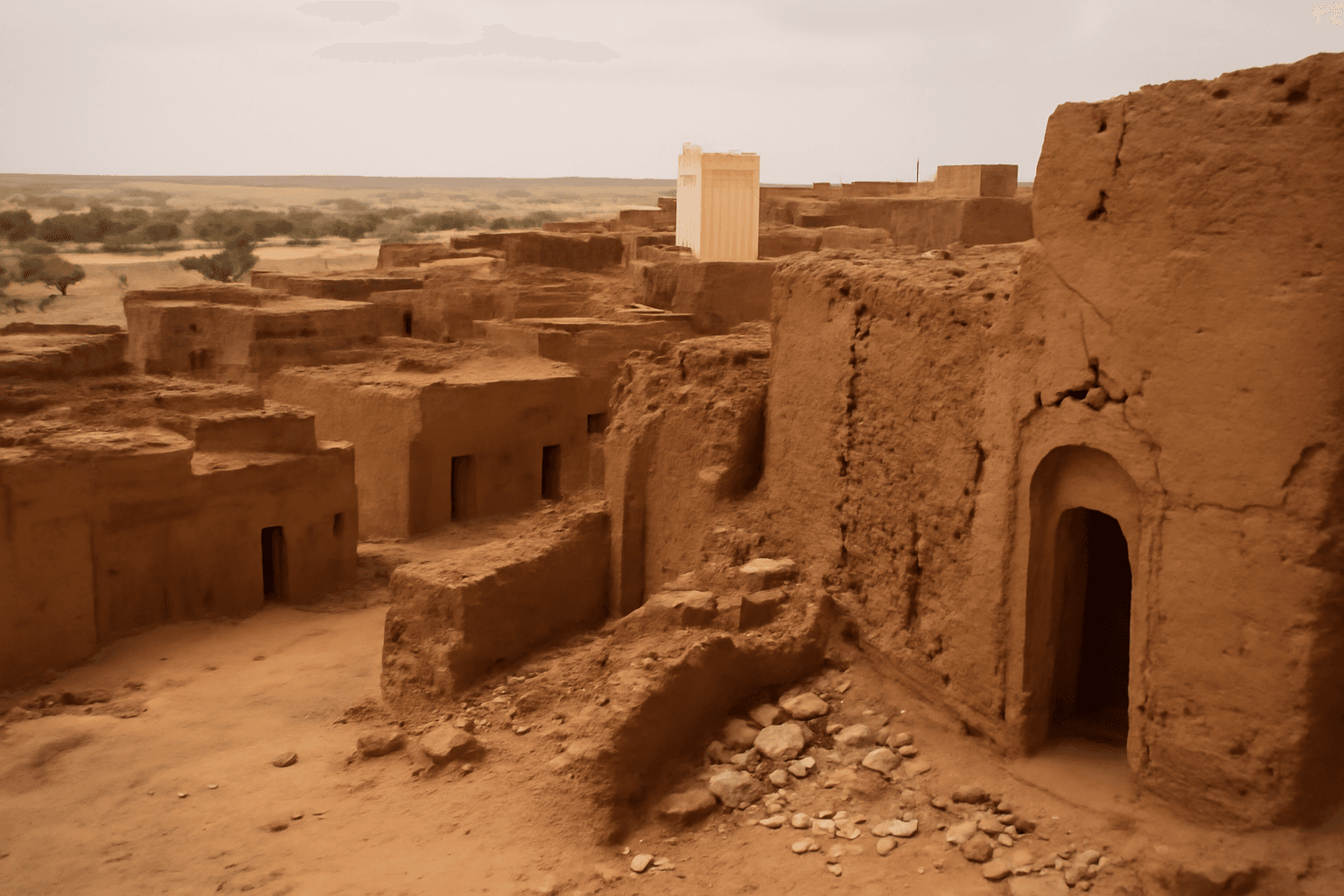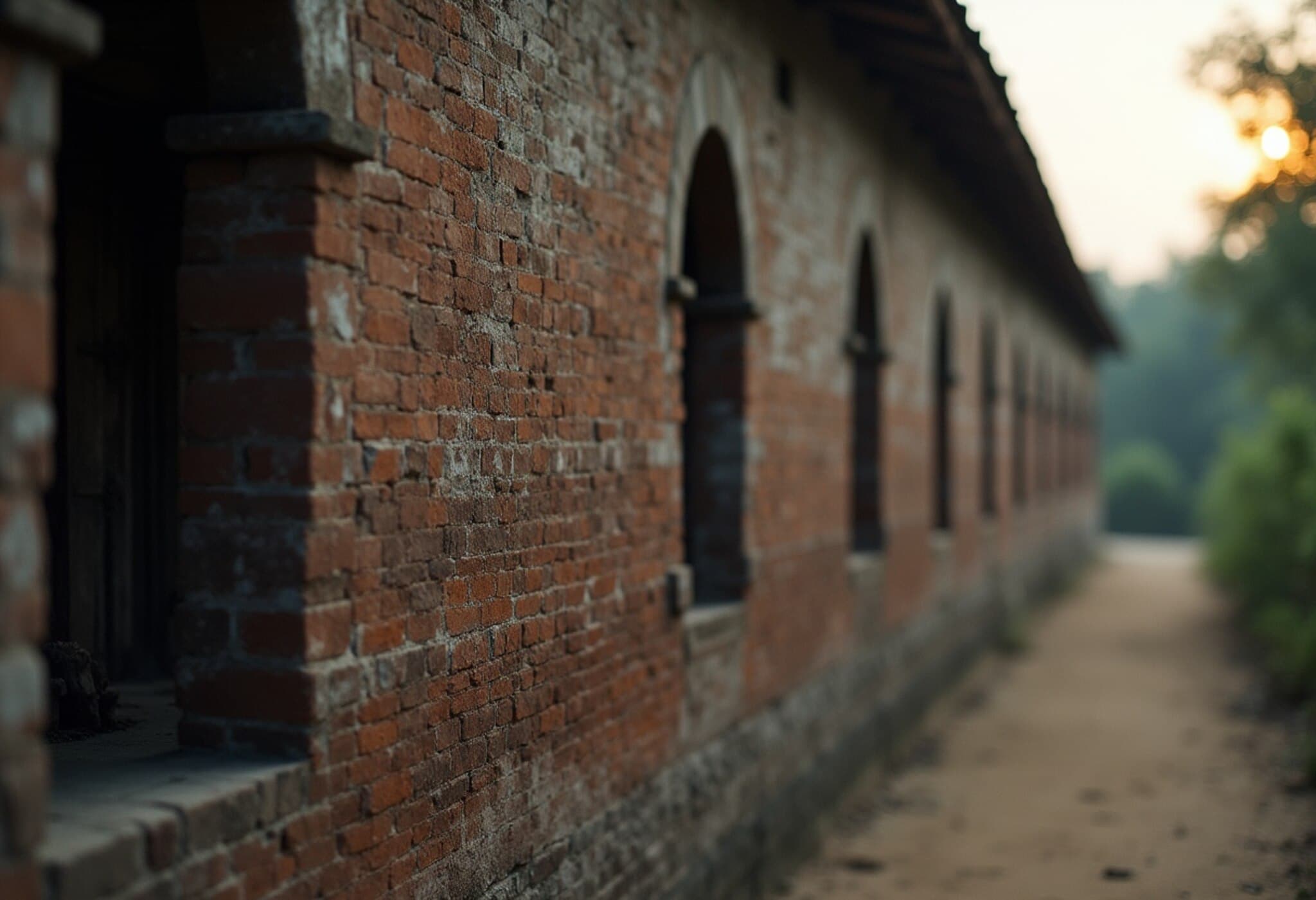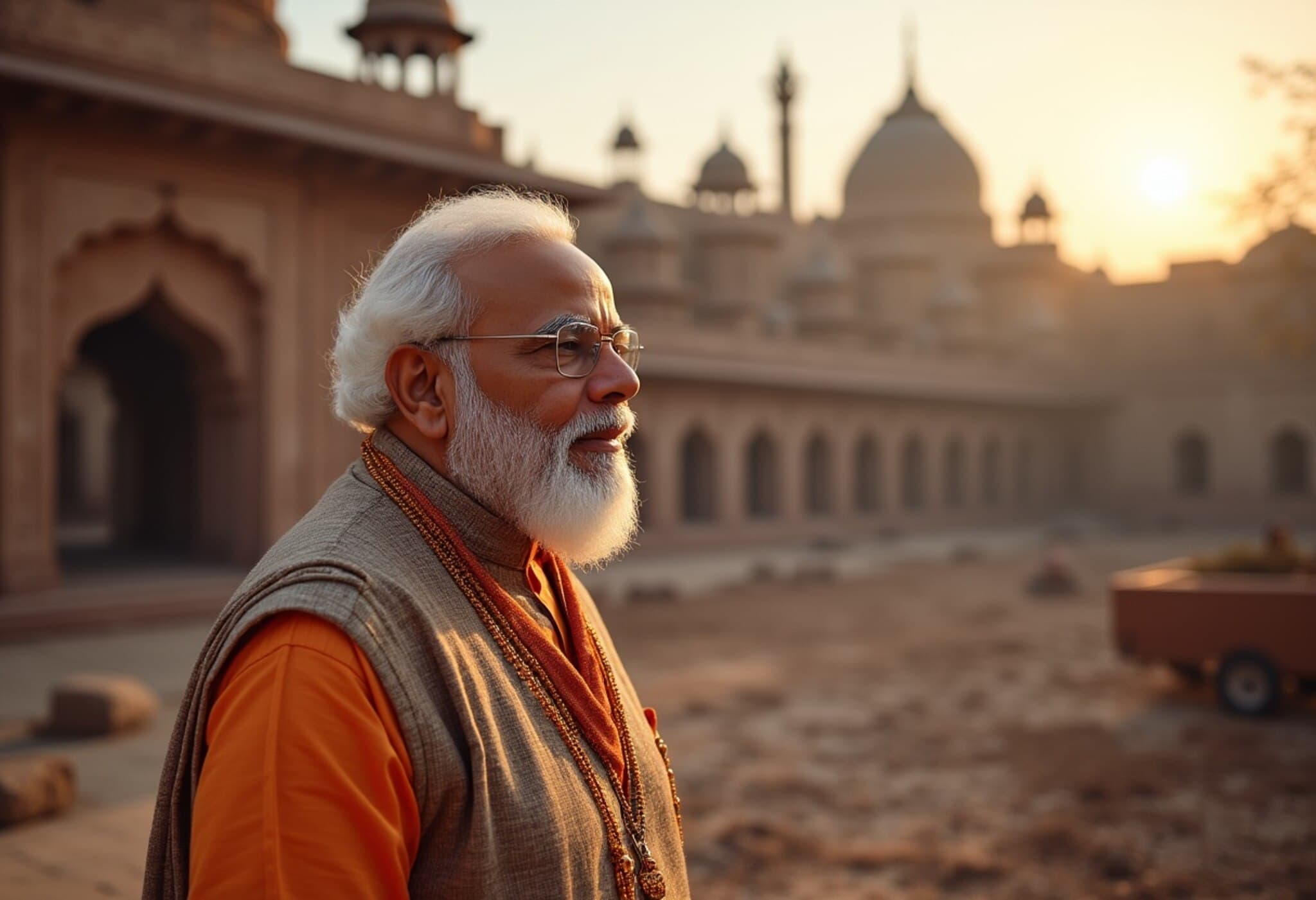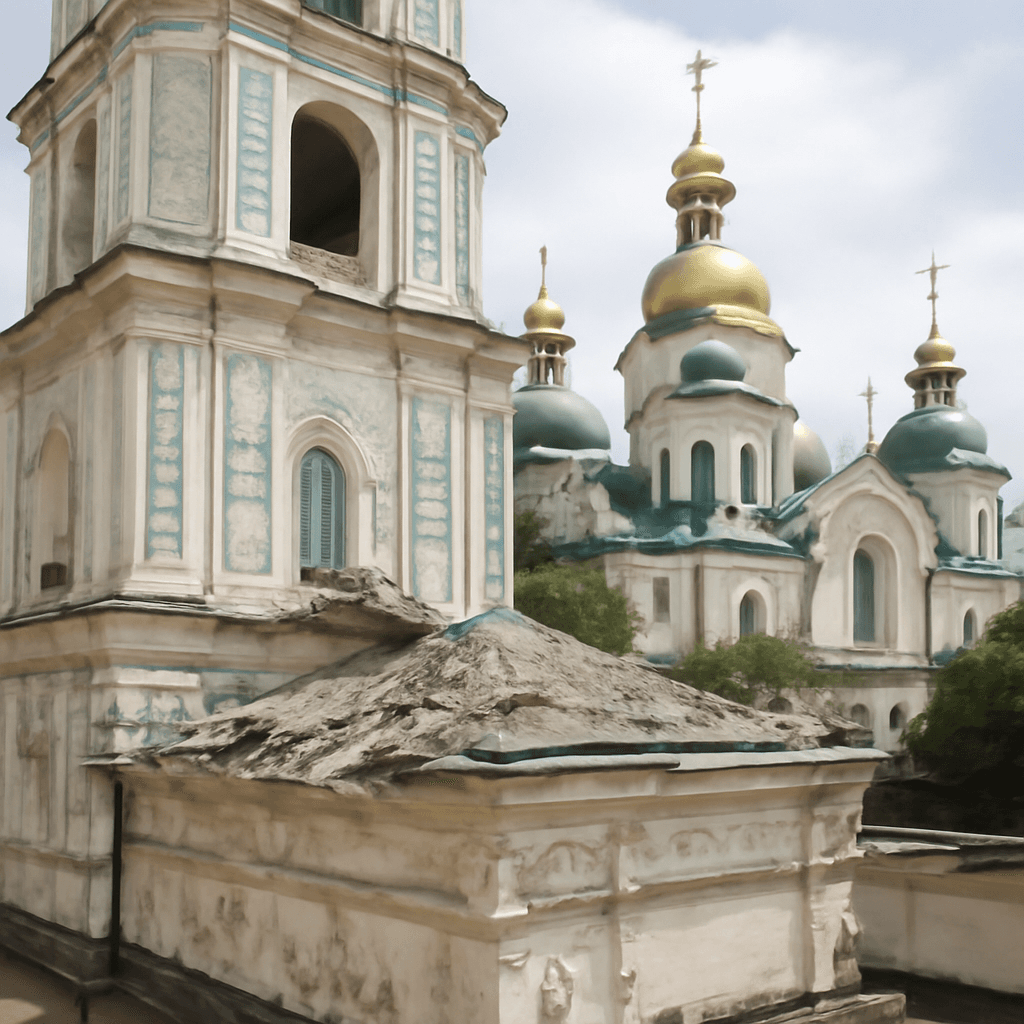A Triumph for Conservation: Sierra Leone's First UNESCO World Heritage Site
In a landmark achievement for environmental preservation and cultural heritage, Sierra Leone’s Gola-Tiwai complex has been officially inscribed on UNESCO’s World Heritage list. This designation, announced on July 14, 2025, marks the first time the West African nation has secured such global recognition for its natural treasures.
From Civil War Ravages to Global Spotlight: The Journey of Tiwai Island
A lush haven nestled in the Moa River, Tiwai Island encompasses just 12 square kilometers but boasts one of the world’s highest concentrations of primate species. This sanctuary, alongside the expansive Gola Rainforest National Park, forms a biophysical jewel celebrated for its extraordinary biodiversity. Yet, its survival was far from guaranteed. The decade-long civil war (1991-2002) and subsequent crises, including the Ebola epidemic, severely threatened this fragile ecosystem.
Credit for the sanctuary’s revival and preservation is widely attributed to Tommy Garnett, an unwavering environmentalist whose work in Sierra Leone spans over three decades. Garnett, who first established the Environmental Foundation for Africa (EFA) in 1992, spearheaded efforts to protect Tiwai from the devastations of war, poaching, and deforestation.
Championing Biodiversity Against the Odds
“I feel very happy, relieved, and hopeful,” Garnett shared from the heart of Tiwai prior to the UNESCO announcement. His foundation’s mission was never easy: rallying local communities to shift away from destructive forest practices demanded building trust and creating alternative livelihoods. EFA’s model integrated ecotourism, job training, and sustainable agriculture to ensure the forest’s guardianship became a source of economic hope rather than hardship.
Why Gola-Tiwai Matters
- The complex shelters 11 primate species, including endangered western chimpanzees, king colobus monkeys, and Diana monkeys.
- Its waters and forests provide sanctuary for rare species like the pygmy hippopotamus and critically endangered African forest elephants.
- Gola Rainforest stands as Sierra Leone’s largest remaining expanse of tropical forest, vital for carbon sequestration and climate resilience.
A Model for Sustainable Conservation
Tiwai Island also exemplifies how post-conflict nations can reclaim and protect their natural heritage by blending conservation with community empowerment. Despite the hardships of Ebola, COVID-19, and climate shocks, EFA’s continuous hands-on engagement and the support from donors preserved the island from collapse.
“Our cultures, traditions, and livelihoods are deeply intertwined with these forests,” Garnett reflected. “If the forest dies, a big part of us dies with it.” His holistic approach, underscored by warmth and collaboration, won allies across Sierra Leone and beyond.
Local and National Impact: A Beacon of Hope
Born and raised in Sierra Leone’s eastern district of Kono, Garnett’s personal connection to the land fuels his commitment. After training abroad in agriculture and development economics, he returned amid civil unrest to protect the communities and ecosystems he cherished.
Environment Minister Jiwoh Abdulai expressed the nation’s collective pride, emphasizing that Garnett’s work offers Sierra Leoneis a profound beacon of optimism.
Looking Ahead: Challenges and Opportunities
While the UNESCO inscription is cause for celebration, maintaining Gola-Tiwai’s integrity requires ongoing vigilance. Threats from illegal mining, logging, and potential development loom large. Furthermore, as climate change accelerates, adaptive conservation approaches must be prioritized.
Experts note the importance of international partnerships and continued community engagement to safeguard this heritage site for future generations.
Expert Insight: The World Heritage Listing's Broader Significance
The recognition of Gola-Tiwai sheds light on a frequently overlooked region in global biodiversity discussions. For American policymakers and environmental organizations, it highlights the critical role of transnational collaboration in preserving biodiversity hotspots that influence global ecological health.
The site’s success underscores that conservation efforts in resource-dependent, post-conflict nations can flourish with inclusive strategies respecting local economies and traditions.
Editor’s Note
Gola-Tiwai’s journey from near destruction to UNESCO World Heritage acclaim embodies resilience, community-driven conservation, and hope amid adversity. It prompts reflection on how environmental stewardship must intertwine with socio-economic realities to succeed. For readers, it invites a closer look at the hands and hearts behind global preservation and challenges us to consider what role we can play in safeguarding our planet’s irreplaceable natural heritage.


